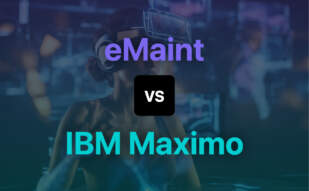For small to mid-sized organizations seeking efficient asset and inventory management, and flexibility in subscription packages, eMaint offers an excellent solution. However, for large-scale maintenance operations desiring a robust integration with ERP systems, SAP S/4HANA Asset Management proves compelling.
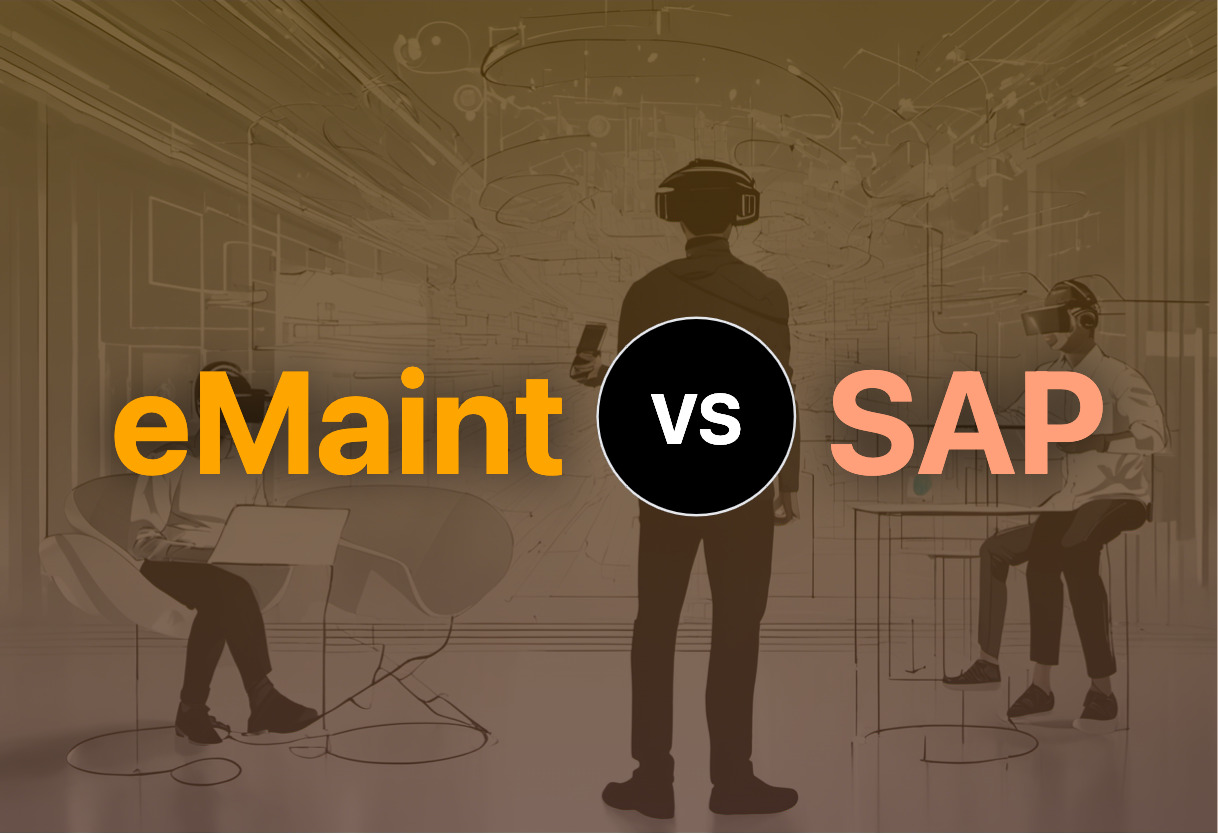
Key Differences Between eMaint and SAP
- Deployment: eMaint operates solely as a cloud-based software while SAP offers both on-premise and cloud deployments.
- System Integration: SAP provides seamless integration with other SAP modules, whereas eMaint’s product integration promotes connected reliability in a cloud-based ecosystem.
- Subscription Plans: eMaint offers varying subscription plans tailored for teams, professionals, and enterprises, while SAP’s pricing is typically enterprise-focused.
- User Groups: eMaint is utilized by 7,400+ maintenance teams worldwide, while SAP PM is beneficial for managers, production workers, maintenance personnel, and purchasing departments.
| Comparison | eMaint | SAP S/4HANA Asset Management |
|---|---|---|
| Developer | Fluke Reliability | SAP |
| Service Type | Cloud-based CMMS | Asset Management for scheduling |
| Key Functions | Preventive maintenance, work orders, asset management | Workload analysis, future capacity forecasting, collaboration |
| Performance Measurements | 95% Uptime, Annual savings over $100,000 | Dependent on user-specific mertics |
| Use Cases | Work order management, asset management, inventory control | Workload simulation, work center utilization forecasting |
| Deployment | Cloud-based | Cloud or On-premise |
| Integration | Integration within a cloud-based ecosystem | Seamless integration with SAP S/4HANA |
| Adaptability | Fit for Small to Multi-site operations | Can be activated post-purchase |
| Industries Served | Food & Beverage, Life Sciences, Automotive | Applicable across industries, specific benefits for maintenance planners |
| Subscription Plans | Teams, professionals, enterprises | Dependent on SAP software purchased |
What Is eMaint and Who’s It For?
eMaint, a product of Fluke Reliability, is a cloud-based CMMS utilized by over 150,000 users globally. It manages preventive maintenance, work orders, assets and optimizes system efficiency through features like report generation. eMaint suits small to large organizations targeting system optimization, including industries like Food & Beverage, Life Sciences, and Automotive.
With a mobile app for offline working, digitalized work orders, and ways of finding cost-cutting methods, eMaint streamlines maintenance and prolongs equipment lifespan. It earned a Gartner Visionary Status and has an overall rating of 4.4.

Pros of eMaint
- Boosts average uptime up to 95%
- Reduces service expenses significantly
- More than 150,000 users globally trust it
- Mobile app for offline work, digitalizing work orders
- Awarded Visionary Status by Gartner
Cons of eMaint
- Subscription plan variance could be confusing
- Scalability might pose challenges to small organizations
What Is SAP S/4HANA Asset Management and Who’s It For?
SAP’s S/4HANA Asset Management is geared towards transforming maintenance planning and processes. It enables workload simulation, maintenance schedule simulation, and offers a graphical overview of activities. The solution can be deployed either on cloud or on-premise and is integrated with SAP ERP Central Component.
This tool is useful to production and maintenance personnel, managers, and the purchasing department. It features automatic calculations of license usage and aids in integrating ERP and CMMS processes. The product requires SAP ECC or S4/HANA, UpKeep Business Plus, and an additional SAP connector add-on.

Pros of SAP S/4HANA Asset Management
- Compatible with on-premise and cloud deployment
- Supports all named user types for ECC and S/4 HANA
- Facilitates mobile work order management
- Allows real-time inventory tracking
- UpKeep integration
Cons of SAP S/4HANA Asset Management
- Requires SAP NetWeaver 7.4 or later versions
- Integration requires Business Plus and additional connector addon
The Verdict: eMaint or SAP?
After delving into the intricacies of both eMaint and SAP, it’s time to distill our insights for the final verdict.
Maintenance Teams and Asset Managers
In a straight duel between eMaint and SAP, maintenance teams and asset managers who value a streamlined work order process and superior inventory control will clearly find a friend in eMaint. With 3.4M+ machines fixed and an average uptime of 95%, eMaint’s focus on system optimization and connectivity is an undeniable asset.
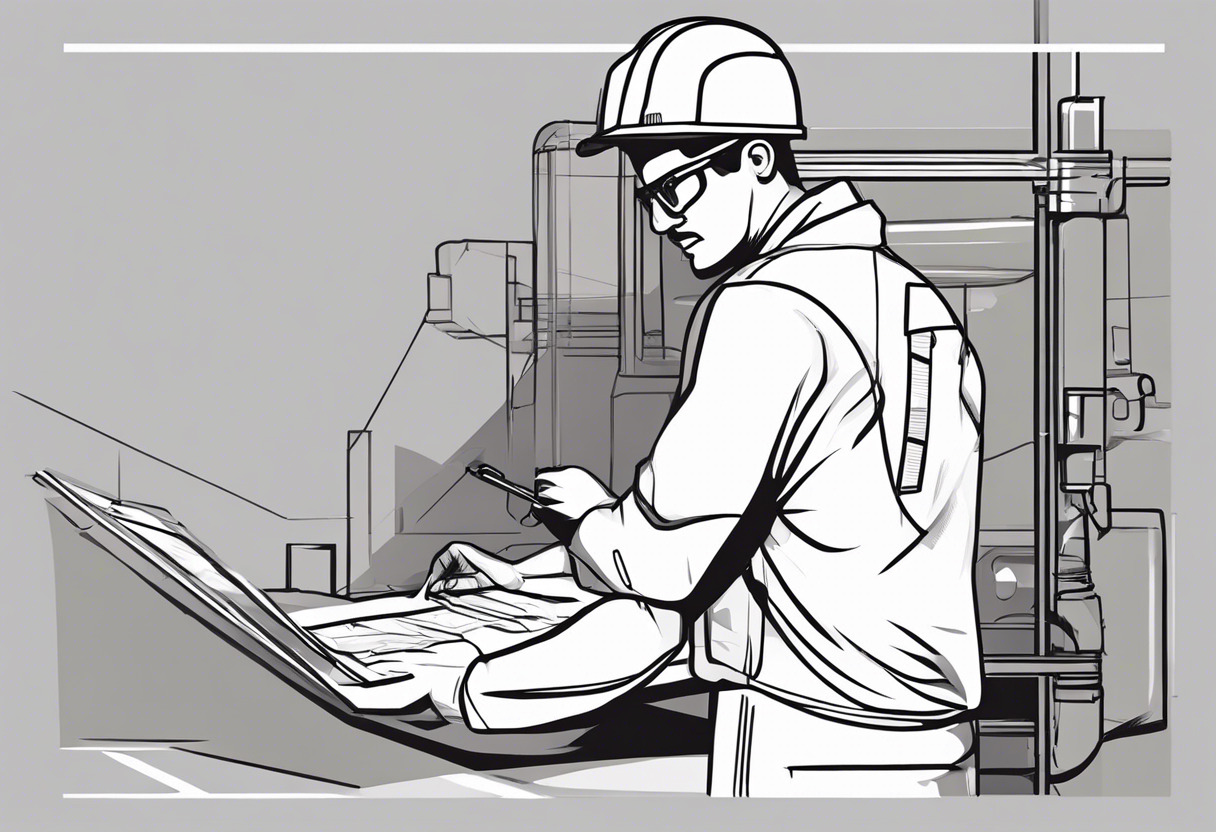
SMB and Growing Organizations
For small-to-medium businesses (SMBs) and growing organizations, the verdict leans in favor of eMaint. Its cloud-based structure and scalability play key roles here. With plans suited for different business sizes, it ensures not only affordability but also a future-proof solution.

Companies Prioritizing Predictive Maintenance
When it comes to predictive maintenance and workload simulation, SAP S/4HANA Asset Management wins the game. Its capability to perform maintenance schedule simulation and to provide a graphical overview of maintenance activities convinces companies oriented towards predictive upkeep.
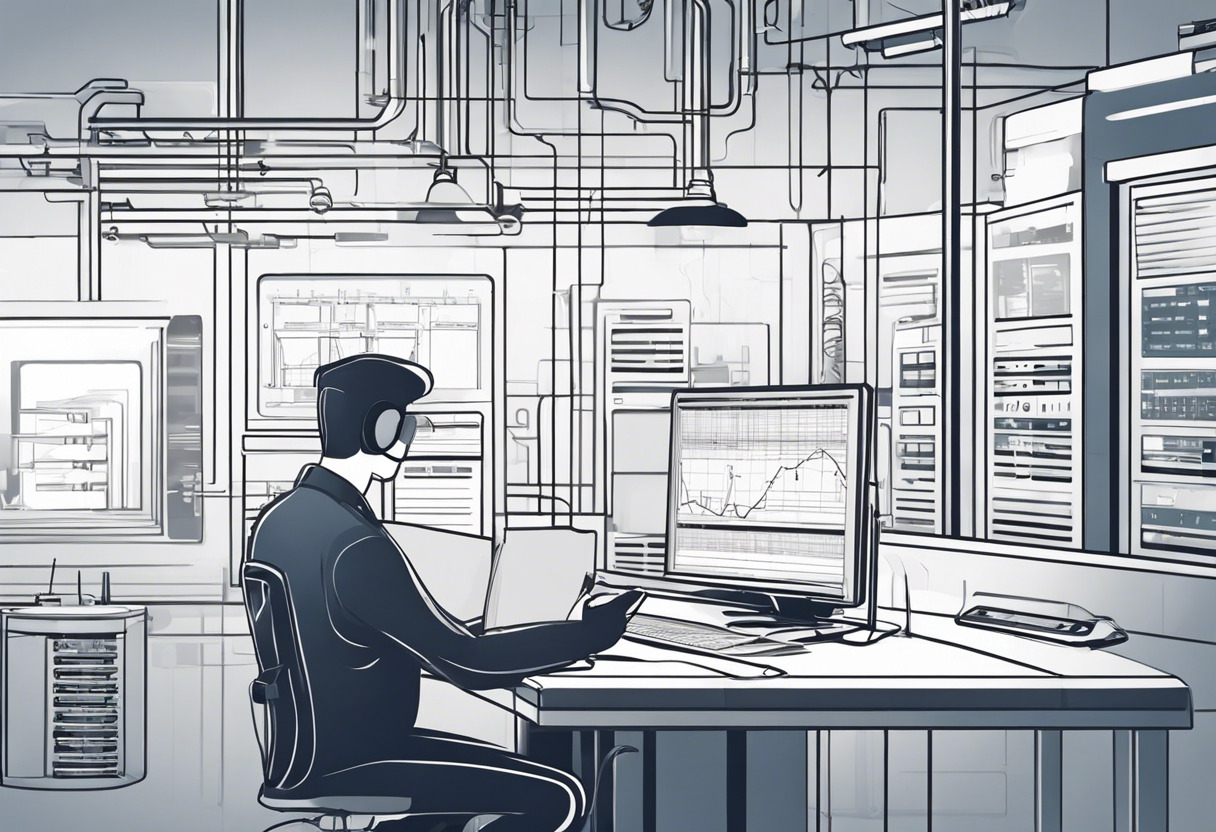
Large Enterprises Intending ERP Integration
Large-scale enterprises looking to integrate their enterprise resource planning (ERP) and CMMS processes will find SAP their match. Owing to SAP’s high compatibility and seamless integration with other systems, it offers superior resource scheduling and an integrated platform like no other.
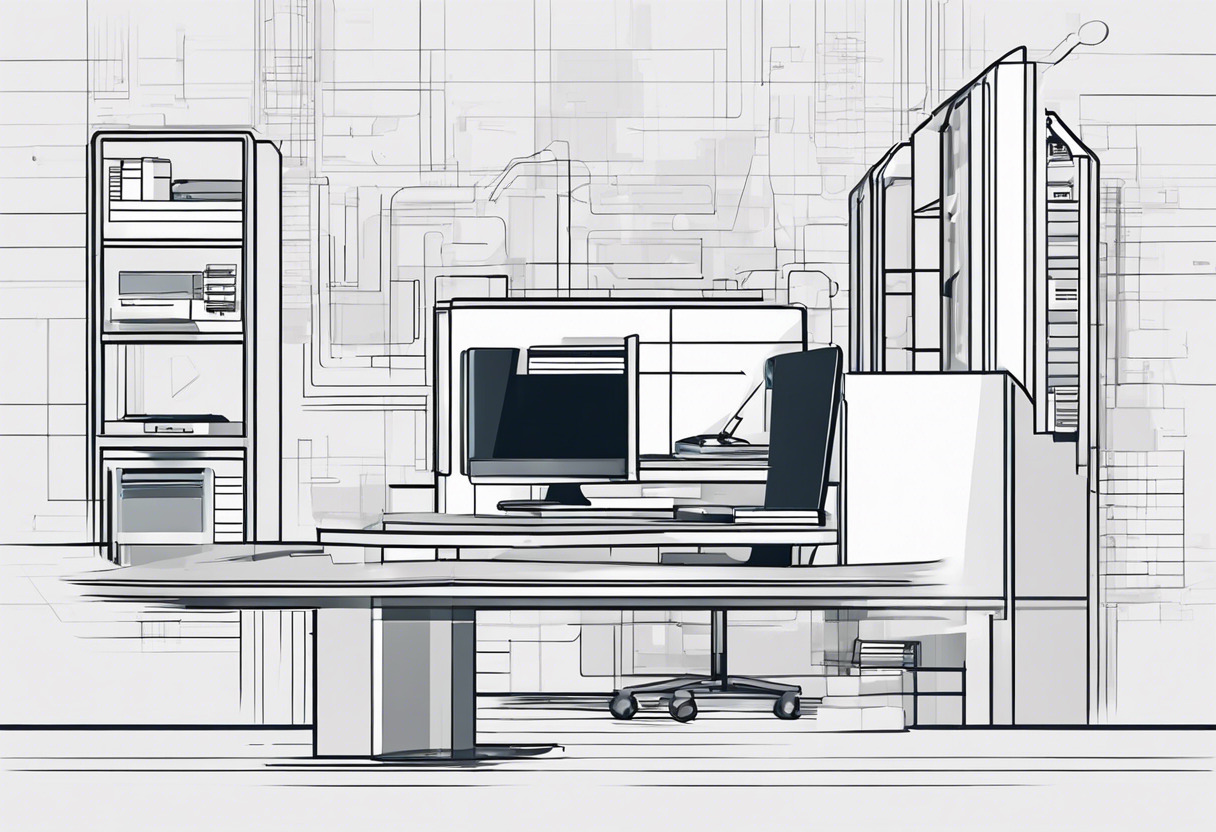
In the face-off between eMaint and SAP, while eMaint excels in system optimization and scalability; SAP takes the lead in predictive maintenance and ERP integration. On balance, your choice should be dictated by organizational structure and operational priorities.
Logan Bellbrook
Content writer @ Aircada with a knack for nature & AR/VR/XR. Blogging the intersection of tech & terrain.



